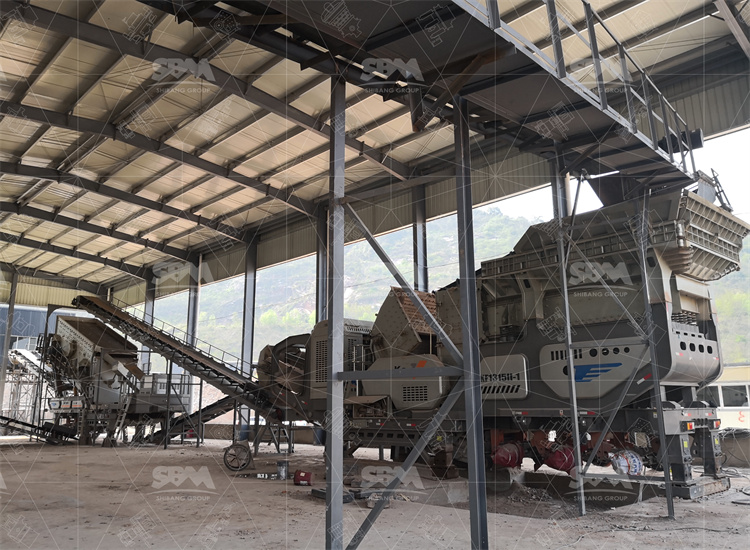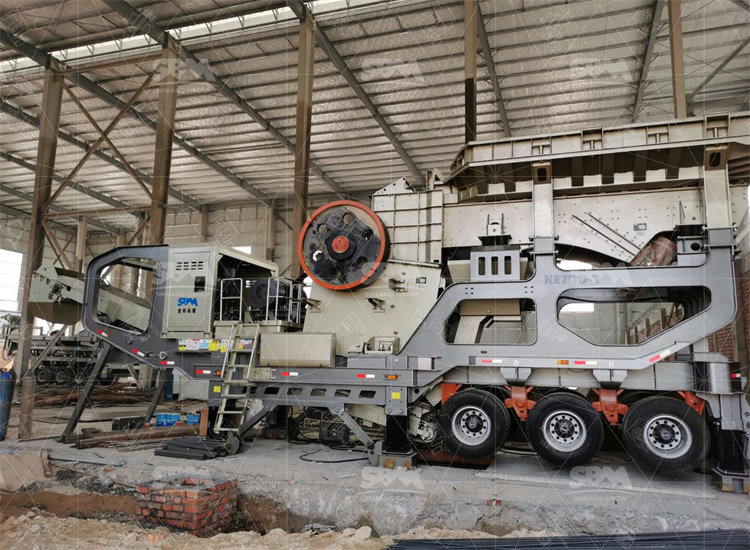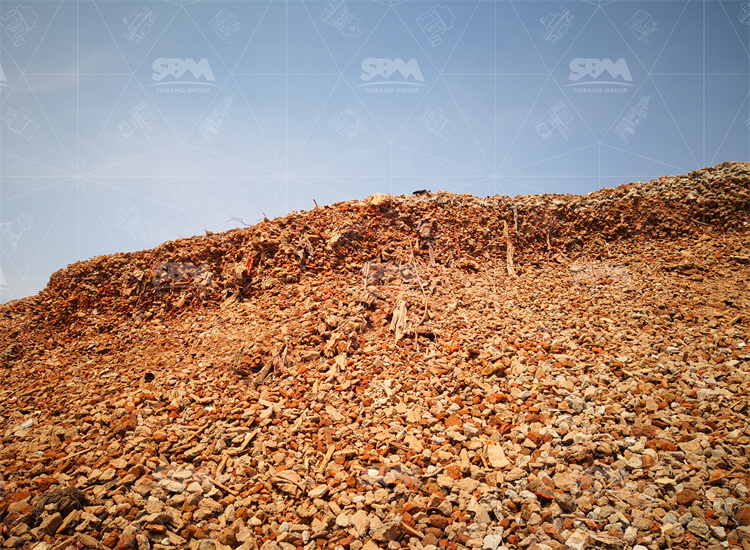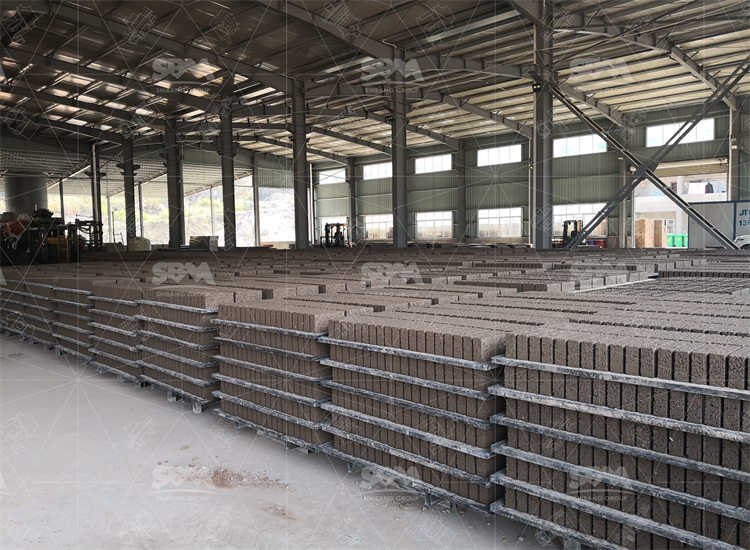A pragmatic guide for engineers and project owners on deploying SBM mobile crusher plants in the UAE. It covers definitions, core principles, key parameters, equipment list, verified field data, operation metrics, maintenance, selection rules and two real project cases. This paper is technical, yet readable, and built for fast decisions.

Construction and demolition waste is the dominant waste stream in UAE cities. Reprocessing this stream on-site cuts haulage, reduces landfill loads, and supplies recycled aggregates for road and fill. Therefore mobile crushing units are ideal. They are compact, moveable, and fit tight urban sites.
Mobile plants integrate primary, secondary crushers, screens and conveyors. Primary reduction is usually a jaw crusher. Secondary shaping uses cone or impact crushers. Screens sort final sizes. Conveyors move material between modules. The plant runs as a single unit on tracks or wheels.
Impact crushers use high speed hammers on rotors to shatter material. Cone crushers compress material between mantle and concave with eccentric motion. Jaw crushers apply compressive force between fixed and moving jaws.
Below are the common host machines and the parameters you must specify. Each parameter affects throughput, power draw and product gradation.
Critical parameters: closed side setting (CSS), open side setting (OSS), eccentric throw, rotor speed, crushing chamber profile, crushing ratio, and motor power.

Working principle: a moving jaw compresses feed against a fixed jaw. CSS controls product maximum size. Typical CSS for primary jaw in recycling is 50–150 mm. Crushing ratio often 6:1 to 8:1. Motor sizing matches torque and duty cycle.
Design note: choose jaw liners and tooth profile for abrasive mixed concrete and rebar contaminated feed.
Working principle: the mantle gyrates eccentrically within a concave. CSS equals smallest gap at the discharge. Eccentric throw and speed set reduction ratio. Typical CSS for secondary cone is 10–35 mm.
Performance: increase eccentric throw for higher capacity. Reduce throw for finer product and more cubical shape. Match gearbox and motor rating to expected load.
Working principle: high-speed rotor hurls material to breaker plates. Impact creates cubical product, good for asphalt and concrete. Rotor speed and blow bar material define wear life and gradation. Typical feed for impact secondary stage is 0–150 mm.
Use impact crushers when you need good shape and to handle occasional metal contamination.
Table shows a validated configuration and measured values from SBM field commissioning in the Gulf. Values are typical for mixed C&D feed with up to 20% fines and moderate moisture.
| Item | Value | Unit |
|---|---|---|
| Plant model | SBM-MCR-150 | — |
| Primary feed size (max) | 600 | mm |
| Primary CSS | 100 | mm |
| Secondary CSS | 20 | mm |
| Throughput (typical) | 120 | t/h |
| Final product fractions | 0–5 / 5–10 / 10–20 | mm |
| Installed motor power | 4 x 55 | kW |
| Energy consumption | 18–24 | kWh/t |
| Measured downtime | 3.2 | % (annual) |

In UAE trials, a single SBM mobile plant processed 2,880 tonnes in 24 hour. Average output was 120 t/h during steady runs. Peak short bursts reached 140 t/h for 2–4 hours. Energy draw averaged 18–24 kWh per tonne depending on feed mix.
Wear life of impact blow bars averaged 800–1,200 operating hours on mixed concrete. Cone liners lasted 1,200–2,000 hours when material cleanliness and feed grading were controlled.
Planned maintenance interval: daily checks, weekly greasing, monthly wear inspection, and 1,000-hour major check. Most common faults are uncrushable tramp metal, hydraulic leaks, and screen blinding. Average annual failure frequency in field cases was 0.8 events per machine per month.
Mitigation: fit metal detectors, install quick-release jaws, and use modular screens. This reduces downtime and lowers total cost of ownership.
Site prep: level pad, temporary drainage, and power staging. For remote sites use diesel generators matched to total installed kW with 20% headroom. For grid-connected plants verify dedicated supply breakers and soft start methods.
Commission steps: mechanical check, belt alignment, lubrication fill, dry-run, staged feed testing, final wear pattern tuning.
Step 1: characterize feed — max particle, proportion of fines, contamination and moisture. Step 2: pick primary type — jaw for large, impact for better cubical shape. Step 3: choose secondary — cone for hard rock, impact for concrete/asphalt. Step 4: verify CSS, motor sizing and screening plan. Step 5: plan power and maintenance access.

Design and commissioning follow local UAE waste management procedures and engineering best practice. Use standard crusher metrics such as CSS, OSS and eccentric throw as acceptance criteria during testing. Document test runs and capture energy and throughput for warranty acceptance.
Summary: SBM provided a mobile plant for a redevelopment site. Feed: mixed concrete, brick, asphalt. Peak feed size 600 mm. Goal: produce 0–20 mm recycled aggregate for backfill and road base.
Results: steady throughput 110–125 t/h. Product gradation met client spec. Energy use averaged 20 kWh/t. Maintenance interval averaged 950 hours between liner changes. Client feedback rated plant reliability high.
Summary: constrained inner-city works required a compact track plant. Feed included reinforced concrete with up to 5% rebar. SBM supplied magnet separators and metal cleavage devices.
Results: average output 95–115 t/h. Downtime reduced by 40% after metal detection. Recycled aggregate replaced 30% of new aggregates in temporary roads.
Capital outlay is moderate for mobile plants. Savings come from reduced transport and landfill fees, and from replacing virgin aggregates. ROI depends on local landfill charges and reuse rates. Typically projects see payback within 12–36 months under steady work.

SBM offers turnkey installation and training. Spare parts kits, remote diagnostics and planned service contracts lower risk. Operators must follow the lubrication and wear inspection schedule. Train crew on CSS control and tramp metal handling.
Rule of thumb: throughput scales roughly with feed opening area and rotor/throw speed. Example: double CSS or increase rotor speed by 15% can increase throughput by 10–20%, but may coarsen product. Balance tradeoffs by test runs. Always record kWh and t/h to verify.
1) Always conduct a feed trial. 2) Keep CSS records and adjust daily. 3) Fit magnets and scalping screens. 4) Choose impact for shape and cone for hard material. 5) Use modular conveyors to speed relocation.
Q1: What CSS should I start with? — A: Start coarse, then tighten in 1–2 mm steps while monitoring power and gradation.
Q2: How to handle rebar? — A: Use magnets, metal detectors and quick-release jaws. Remove metal at scalping to protect rotors.
Q3: What is realistic energy consumption? — A: For mixed C&D expect 18–24 kWh per tonne under steady operation.

SBM delivers machines built to industrial standards. All units undergo FAT and site SAT. Warranty covers core components. Field records include performance logs, wear reports and client acceptance records.
SBM mobile crusher plants are engineered for UAE C&D recycling. They deliver measured throughput, predictable wear rates, and manageable energy use. For most urban projects we recommend a jaw + cone + screen mobile configuration, with magnets and water control on site. SBM stands behind field data and service. Choose SBM for robust, proven performance.
For technical validation and detailed test plans, request SBM commissioning datasheets and a site trial.
Whatsapp:+8617329420102
Email: [email protected]
Address: No. 1688, Gaoke East Road, Pudong new district, Shanghai, China.
Online Service : Get Price
We value your feedback! Please complete the form below so that we can tailor our services to your specific needs.
